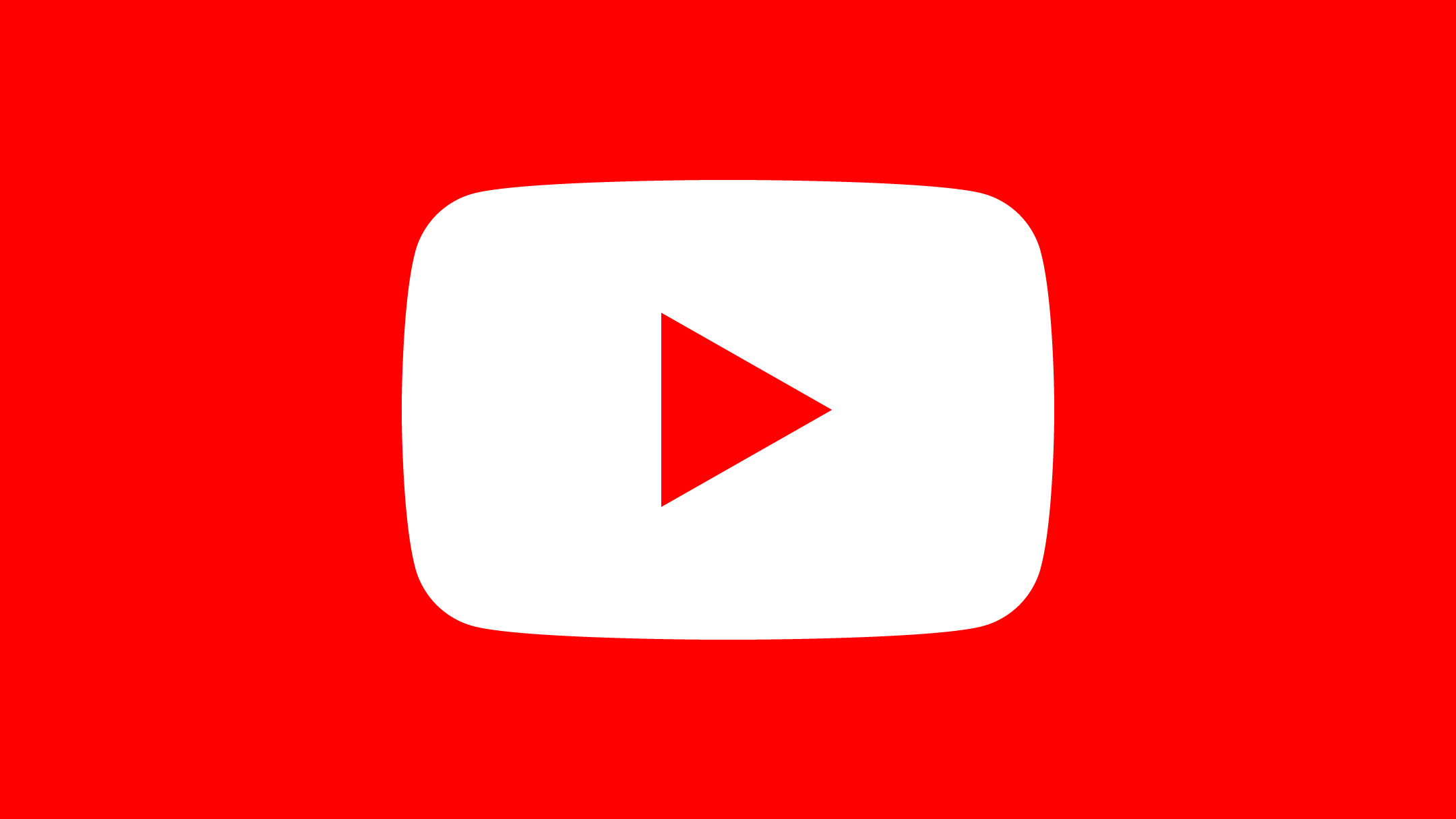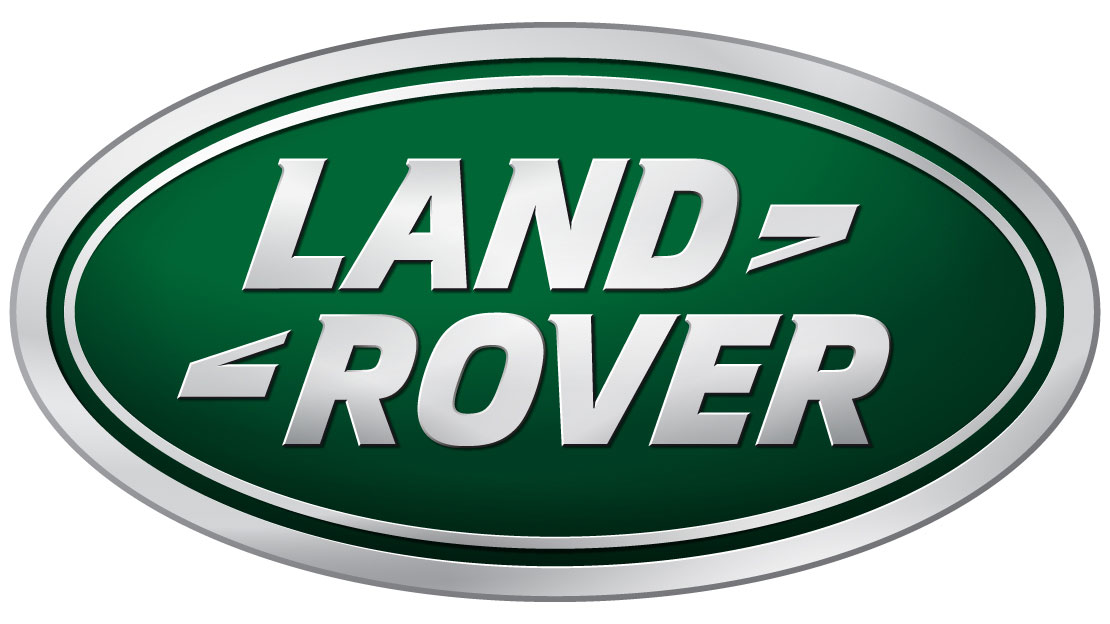Rosetta Stone used YouTube's video Masthead on mobile and TrueView to increase brand awareness and reach millennials where they spend the most time: on their phones. Its two-pronged mobile approach yielded a 10X increase in mobile traffic to the brand site.
Goals
Build brand awareness among millennials
Increase traffic to website
Motivate website visitors to sign up for demo and/or free trial
Approach
Used YouTube mobile video Masthead
Supplemented strategy with YouTube TrueView ads
Results
10X increase in mobile traffic to the brand site
51% jump in YouTube channel subscribers
89% lift in brand traffic on YouTube Search
Since its inception in 1992, Rosetta Stone has been the go-to resource for interactive language learning. With courses in more than 30 languages, Rosetta Stone continues to leverage technology to bring language solutions to millions of people around the world. While its core customers have historically skewed older, the brand's latest consumer business focus is tapping into the growing interests and needs of millennials.
To do this, Rosetta Stone used YouTube's mobile video Masthead and TrueView to reach millennials where they spend the most time: on their phone. According to research from Google and Ipsos, mobile is the best way to reach millennials: 98% of 18- to 34-year-olds reported using smartphones to watch video content daily, making the device the most powerful marketing tool for this demographic.
Rosetta Stone's two-pronged mobile approach yielded a 51% increase in YouTube channel subscribers. The brand also saw a 10X increase in mobile traffic to its site. This was a key KPI for Rosetta Stone because demo sign-ups via the website typically convert to sales.
A brand story that resonates with millennials
Rosetta Stone sought to connect with its YouTube audience and grow its online video presence, but the company knew that to resonate with millennials, the creative would be an incredibly important part of the puzzle. Before the launch of Rosetta Stone's 24-hour YouTube Masthead takeover in September 2014, the brand created several iterations of the campaign based on TrueView insights, which were used to gauge what creative moved the needle the most among millennials.
With an influx of media inundating millennials 24/7, Rosetta Stone had to ensure that its content grabbed the viewers' attention immediately. With this in mind, Boring Bill was born. The campaign speaks to millennials by showing them how Rosetta Stone can change the course of their lives.
The spots show that when Bill steps out of his comfort zone and decides to learn a new language, his life is transformed by Rosetta Stone. "We focused on creative that had a story and brought a sense of humor to the brand," said Avantika Fraser, Rosetta Stone social media marketing specialist. "The creative shows users the types of situations, opportunities, and positive experiences that can come from learning a new language, and it does that in a fun, lighthearted way." By creating a humorous narrative that evoked emotion and resonated with viewers, the brand was able to tap into the advantages of mobile video.
Timing was also an important part of the takeover. With such a short-lived initiative, it was important to engage the right audience at the right time. On a typical Sunday, Fraser explains, "People are going about their day. They are not at their computer, but they are still engaged with YouTube."
Using the insights gleaned from the Google/Ipsos research, Rosetta Stone engaged millennials on a Sunday afternoon when they were likely away from their desktops. People watching digital video outside the home are also 1.8X more likely than the average person to be meaningfully engaged because they are likely to be watching video for active purposes, such as looking for information or exploring a passion, the Google research shows. While Rosetta Stone's Masthead takeover grabbed the attention of potential consumers, the brand supplemented the takeover and continued engagement via YouTube TrueView ads, which were served to viewers interested in language and education.
An engaged audience leads to results
The combined approach resulted in engagement across the board and established an exciting new digital direction for future Rosetta Stone campaigns. "We saw a 10X increase in traffic to our website and a huge spike in impressions," Fraser says. "We also saw more demo sign-ups and engagement, which ultimately led to sales, and this top-of-funnel activity also increased brand awareness. Having creative content that entices a wide audience really garners collective engagement. We saw a ton of people engaging with the ad, commenting on it or liking it."
Rosetta Stone's initiative using both YouTube's mobile video Masthead and TrueView ads was successful for several reasons. The brand used insights to pinpoint the platform where millennials were already active and then leveraged those insights even further to ensure that its creative would resonate. By positioning itself as a brand that can help young people reach their goals and objectives through language learning, it's been able to connect with an ambitious demographic hungry for new experiences.






